The Tesla Bot (Optimus) is a humanoid robot developed by Tesla, Inc. to revolutionize personal and industrial automation. Optimus is designed to perform everyday human tasks with the potential to automate laborious or dangerous jobs in various industries. Drawing upon Tesla’s advancements in artificial intelligence and robotics, the Tesla Bot is capable of walking, recognizing objects, and performing simple tasks such as carrying goods or assembling components. Built on the same self-driving technology Tesla uses in its electric vehicles, Optimus uses a suite of sensors, cameras, and advanced processing power to navigate and operate autonomously in real-world environments. The robot’s sleek, humanoid design is intended for a wide range of applications, from assisting in homes to performing tasks in factories and warehouses. Tesla aims for the bot to be safe, easy to work alongside, and highly efficient, with the ultimate goal of alleviating humans from repetitive and physically demanding work.Tesla, Inc., the American electric vehicle and clean energy company founded by Elon Musk and a group of engineers in 2003, is renowned for its innovations in electric vehicles, solar power, and energy storage. The Tesla Bot is the company’s latest foray into the robotics industry, leveraging its existing expertise in AI, robotics, and hardware systems developed for Tesla’s Full Self-Driving cars. Optimus was introduced by Elon Musk and Tesla engineers during the company’s AI Day event in August 2021, with production expected to begin in the coming years. The robot is a product of Tesla’s ambitious vision to bring automation to industries and homes, improving efficiency and reducing the need for human labor in repetitive task.
- Manufacturer: Tesla, Inc.
- Year of Development: 2021 (Unveiling in August 2021, with production expected in the near future)
- Industry: Robotics, Artificial Intelligence, Automation, Human-Robot Interaction
- Dimensions:
- Height: 1.73 m (5.8 feet)
- Weight: 57 kg (125 lbs)
-
- Mobility:
- Bipedal walking, capable of human-like movements
- Maximum speed: 8 km/h (5 mph)
-
- Sensors:
- Advanced vision system with cameras (8 cameras for full 360-degree vision)
- LIDAR and ultrasonic sensors for spatial awareness and obstacle avoidance
- IMU (Inertial Measurement Unit) for dynamic balance and navigation
-
- Processing Unit:
- Powered by Tesla’s in-house developed Full Self-Driving (FSD) computer, using the same AI and neural network systems developed for Tesla vehicles
-
- Power Source:
- Rechargeable lithium-ion battery
- Estimated 8-hour operational time on a single charge, depending on task complexity
-
- Actuation System:
- Electric motors for joint movement, providing high agility and flexibility
- 28 actuators for precise movements in the arms, hands, and legs
-
- Payload Capacity:
- Can carry up to 20 kg (44 lbs)
-
- Connectivity:
- Wireless communication system (Wi-Fi and Bluetooth) for remote control and integration with Tesla’s ecosystem
Features
- Human-Like Mobility: The Tesla Bot is designed to replicate human movement, walking on two legs, carrying items, and performing repetitive tasks with human-like dexterity.
- Full Autonomy: Using the same AI that powers Tesla’s self-driving cars, the robot is capable of autonomous operation, navigating through environments, avoiding obstacles, and performing basic tasks without human guidance.
- Advanced AI Vision: Equipped with high-definition cameras, the Tesla Bot has vision capabilities that allow it to recognize and understand its surroundings, objects, and even faces, making it adaptable to dynamic environments.
- Task-Oriented Actions: Optimized for performing repetitive tasks such as grocery shopping, assembling items, or delivering tools. Tesla has hinted at its potential for handling manual labor tasks in industrial environments.
- Dexterous Hands: Designed with hands capable of fine motor skills to perform delicate tasks, such as assembling parts or manipulating small objects.
- Social Integration: Tesla Bot will be capable of interacting with humans, offering assistance and performing helpful tasks while maintaining user-friendly communication.
- Energy Efficiency: With Tesla’s advancements in battery technology, the robot will be highly efficient, requiring less energy to perform its daily tasks.
- AI Learning: The robot uses deep learning and neural networks to continually improve its capabilities based on user interaction and environment.
- Safety Features: As with Tesla’s vehicles, the Tesla Bot will include multiple safety protocols to ensure that it operates in a safe and predictable manner, particularly in human environments.


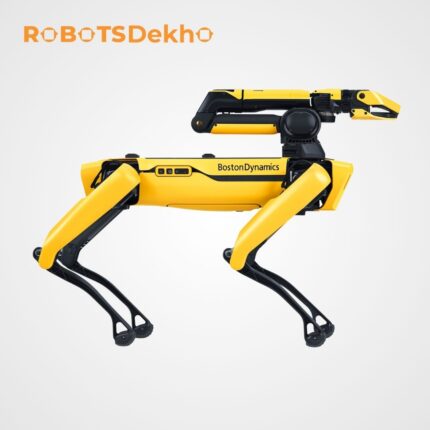
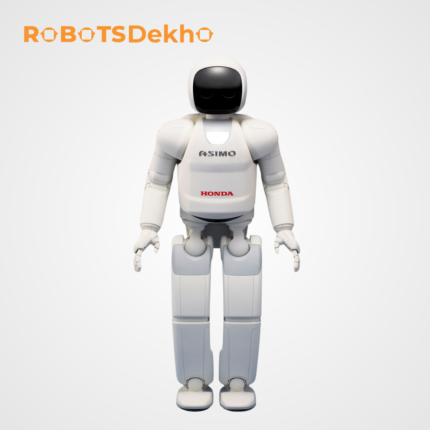
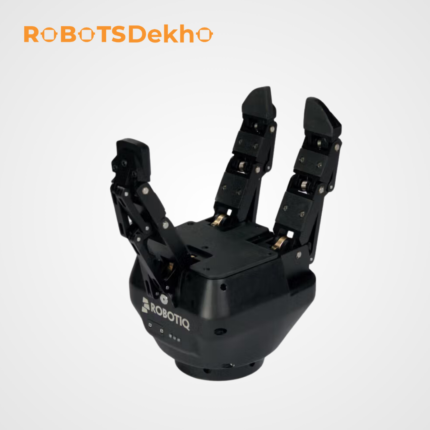
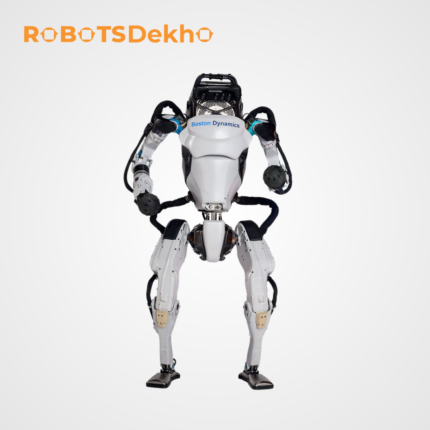
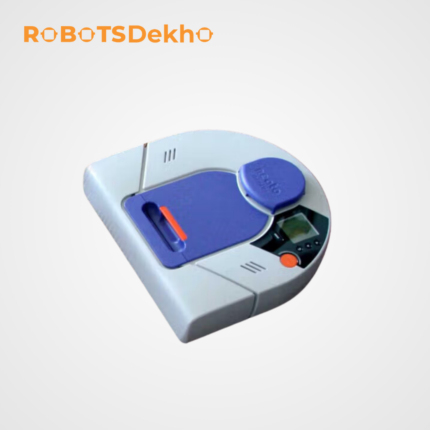
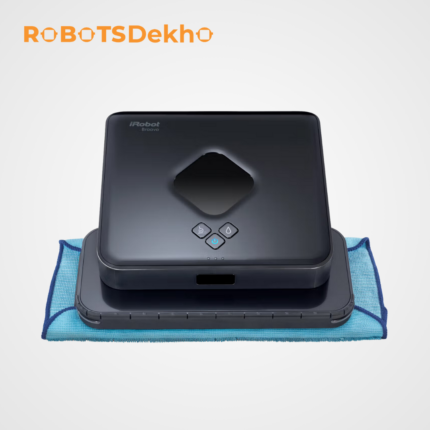
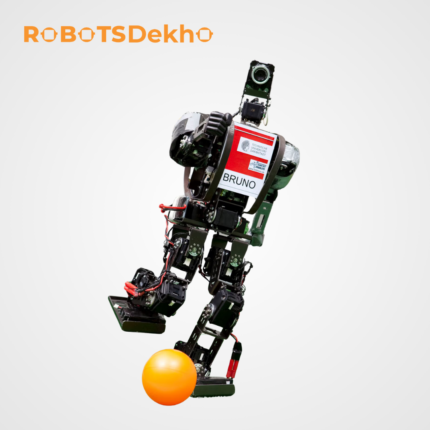
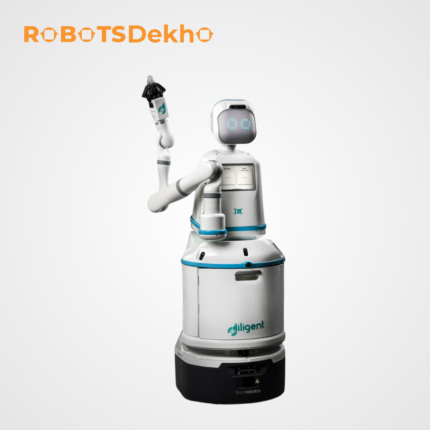
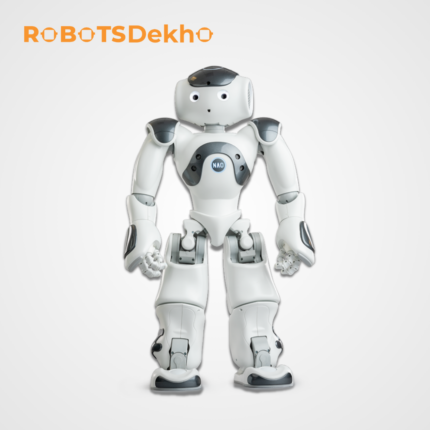
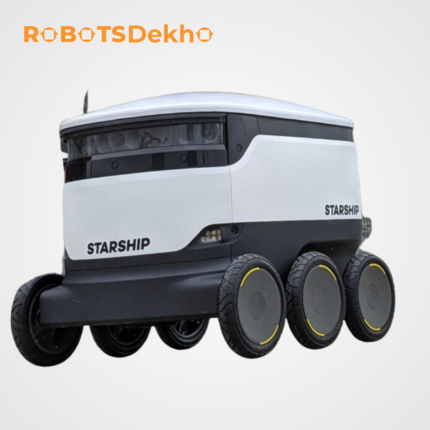
Reviews
There are no reviews yet.